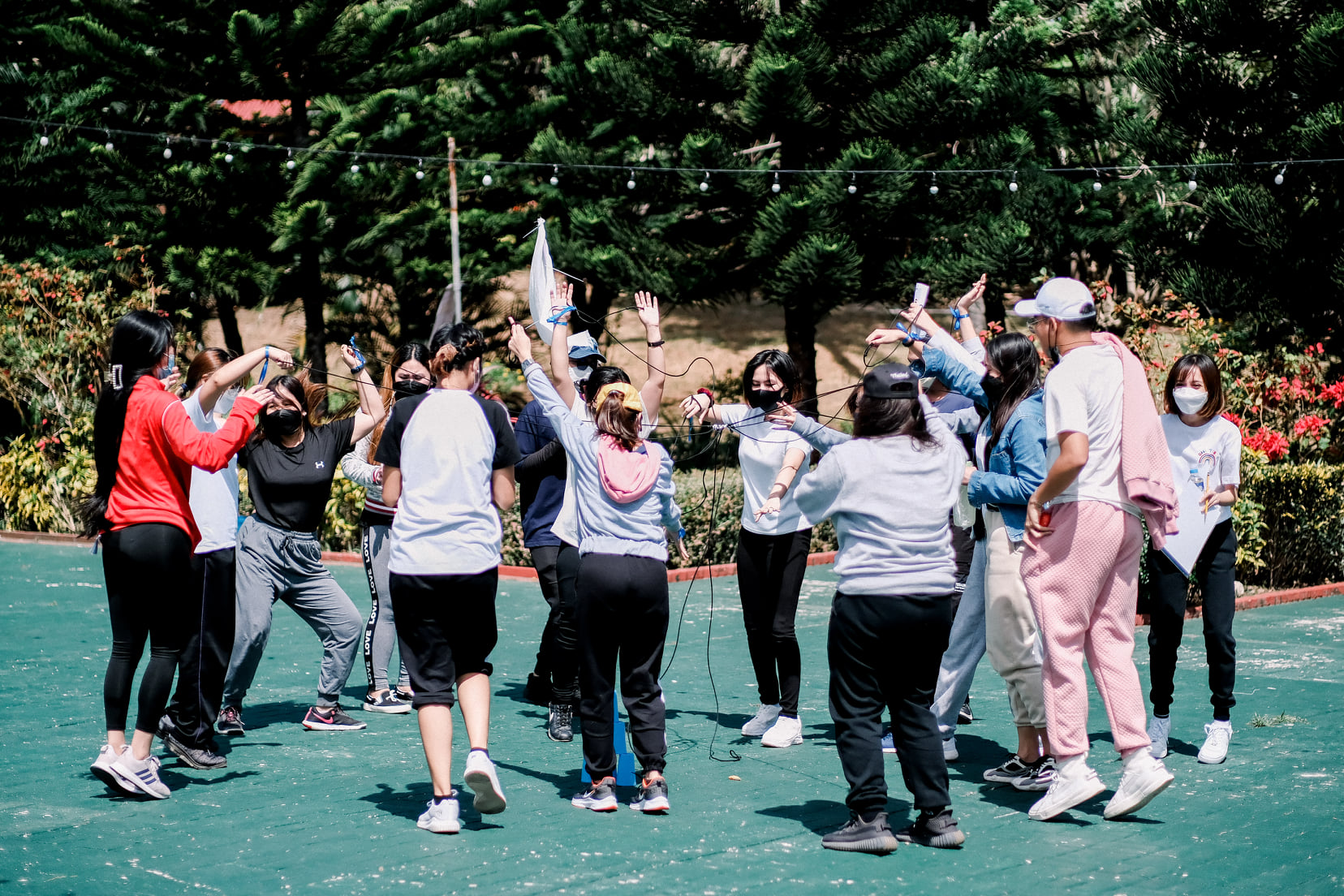Recovering from knee replacement surgery is a life-changing journey. While regaining mobility and strength is essential, certain movements can slow healing, increase discomfort, or even damage your new joint. Knowing which activities are unsafe is just as important as performing the recommended exercises. This guide explores knee replacement exercises to avoid, helping patients make informed choices and maximize recovery safely.
Hips and Knees Joint Restoration and Replacement Center provides expert care for international patients from the USA, Australia, New Zealand, and the UK. Our mission is to restore mobility, relieve pain, and ensure a smooth, stress-free recovery. Following professional guidance reduces risks and supports long-term joint health.
Why Exercise Matters After Knee Replacement
Proper rehabilitation after knee replacement surgery is crucial for regaining function and independence. Exercise improves blood flow, reduces swelling, strengthens muscles around the joint, and prevents stiffness. Without proper guidance, patients risk overexertion, delayed recovery, or complications.
Advanced surgical techniques like the Direct Anterior Approach (DAA) used at Hips and Knees Joint Restoration and Replacement Center offer faster recovery and reduced post-surgical discomfort. However, even with minimally invasive procedures, understanding knee replacement exercises to avoid remains vital for safe rehabilitation.
Common Knee Replacement Mistakes During Exercise
Many patients assume that all movements are beneficial during recovery. Unfortunately, certain exercises or incorrect techniques can strain the healing joint. Common mistakes include:
- Performing high-impact activities too early
- Using improper form during stretching or strengthening exercises
- Ignoring post-surgery swelling, pain, or discomfort
- Pushing through discomfort instead of modifying activity
Identifying knee replacement exercises to avoid helps prevent setbacks and ensures a smooth return to daily activities. Personalized rehabilitation plans from Hips and Knees Joint Restoration and Replacement Center emphasize patient-centered care, ensuring exercises match your healing stage and physical condition.
Knee Replacement Exercises to Avoid
Certain exercises can place unnecessary stress on a healing knee. Patients should avoid these movements to protect their new joint:
High-Impact Exercises: Running, jumping, or plyometric activities can overstrain the joint and surrounding tissues. These movements increase the risk of implant loosening, swelling, and discomfort. Low-impact alternatives like stationary cycling or gentle walking support recovery without compromising safety.
Deep Squats and Lunges: Bending the knee beyond safe limits can stress the implant and surrounding ligaments. Patients recovering from knee replacement should focus on shallow bending and controlled range-of-motion exercises under supervision.
Twisting or Pivoting Movements: Exercises that involve sudden twists or turns can destabilize the new knee and strain ligaments. Movements such as pivoting during sports or twisting while lifting weights fall under knee replacement exercises to avoid. Controlled rotational stretches recommended by a physiotherapist are safer alternatives.
High-Resistance Leg Presses or Excessive Weight Training: Applying heavy resistance early in recovery can damage healing tissues and increase pain. Gradual progression with low resistance ensures muscles strengthen without jeopardizing the joint.
Unsupported Standing Exercises for Long Durations: Standing for prolonged periods without support can increase swelling and discomfort. Patients should use seated or supported positions while performing strengthening or balance exercises until cleared by a medical professional.
Understanding these exercises is key to protecting your knee replacement and ensuring long-term success.
Guidelines for Safe Knee Exercises
While avoiding harmful movements is essential, performing safe, structured exercises accelerates recovery and promotes joint health. Key guidelines include:
- Gradual progression: Start with gentle movements and increase intensity only as recommended.
- Supervised rehabilitation: Professional physiotherapists guide proper form and technique.
- Low-impact cardio: Cycling, swimming, and walking strengthen muscles without stressing the joint.
- Controlled strengthening: Focus on quadriceps, hamstrings, and hip muscles using safe resistance.
- Regular range-of-motion exercises: Gentle knee bends and extensions improve flexibility.
These practices reduce risks and complement surgical recovery, helping patients regain independence and mobility efficiently.
How Hips and Knees Joint Restoration and Replacement Center Supports Safe Recovery
Hips and Knees Joint Restoration and Replacement Center provides patient-centered care designed for international patients seeking affordable and expert orthopedic treatment. Our programs include:
- Personalized rehabilitation plans targeting each patient’s specific needs
- Telemedicine follow-ups to monitor progress and answer questions remotely
- Comfortable recovery accommodations for international patients
- Guidance on safe exercises and precautions to avoid setbacks
By combining expertise, advanced surgical techniques, and compassionate support, we help patients avoid mistakes while restoring knee function safely and efficiently.
Signs You May Be Doing Exercises Incorrectly
Even with safe exercise guidance, patients must remain attentive to warning signs. These include:
- Increased swelling or pain beyond expected post-surgery discomfort
- Stiffness or reduced range of motion
- Instability or difficulty bearing weight on the affected leg
If any of these occur, patients should stop the activity immediately and consult their orthopedic team. Recognizing early signs prevents further complications and ensures a steady recovery.
Takeaway
Avoiding harmful movements is just as important as performing recommended exercises after knee replacement surgery. Awareness of knee replacement exercises to avoid ensures a safer, faster, and more effective recovery. Hips and Knees Joint Restoration and Replacement Center supports international patients with expert guidance, personalized rehabilitation plans, and compassionate aftercare. Taking precautions today allows you to regain mobility, live actively, and enjoy life without limitations.
FAQs
Can I return to high-impact sports after knee replacement?
High-impact sports should be avoided during early recovery. Even after full rehabilitation, activities like running or jumping require careful assessment by your surgeon and physiotherapist.
How soon can I start physical therapy?
Physical therapy usually begins within days after surgery, focusing on gentle movements and range-of-motion exercises. The timeline varies based on your surgical approach and overall health.
Which exercises are safest immediately after surgery?
Seated knee extensions, gentle ankle pumps, and controlled walking are safe early exercises. They promote circulation, flexibility, and gradual muscle strengthening without stressing the joint.
Are there exercises to accelerate recovery?
Structured, low-impact exercises under professional supervision accelerate recovery. Avoid knee replacement exercises to avoid, and follow your physiotherapist’s instructions for the best results.






